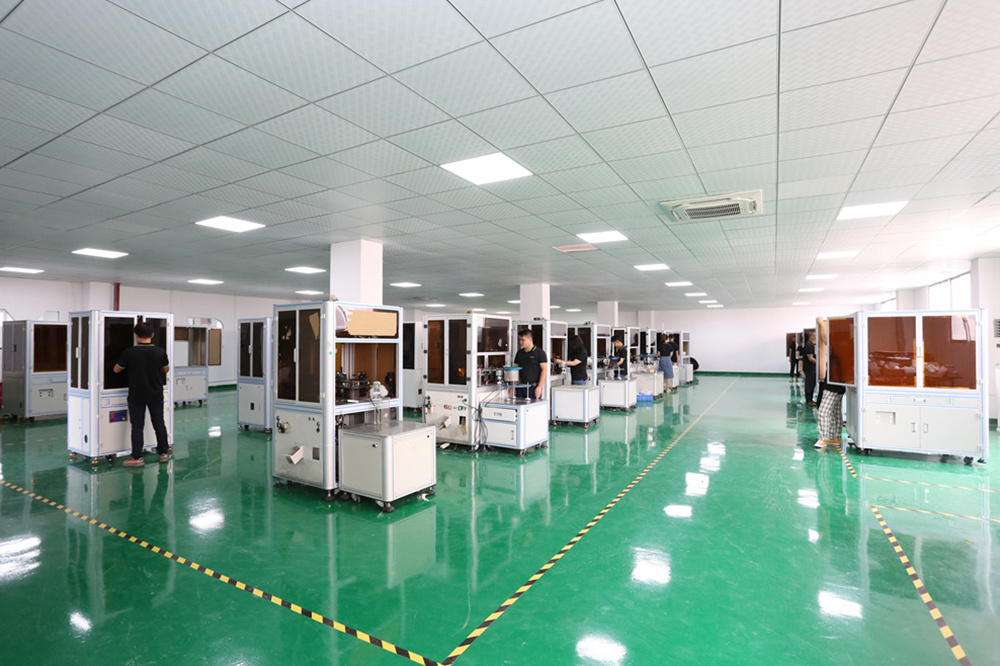The ABCs of CCD Visual Inspection: Common Questions Unveiled
Understanding CCD Visual Inspection
Hey there! If you've ever dabbled in the tech world, particularly in imaging systems, you might have stumbled upon the term CCD Visual Inspection. But what’s the deal with it? Simply put, it's a method that leverages Charge-Coupled Devices (CCDs) to examine and analyze images. Sounds simple, right? Well, let’s dive deeper into this fascinating topic and tackle some of the most common questions!
What Exactly is CCD?
Alright, let’s break it down. A Charge-Coupled Device is a technology that's primarily used in video cameras and digital cameras to capture images. It converts light into electronic charges, which are then processed to create stunning images. It’s like having a mini photographer right inside your gadget!
Why Use CCD Visual Inspection?
Now, you might wonder, why opt for CCD Visual Inspection? Well, it offers a plethora of advantages. For starters, it provides high-resolution images, making it easier to spot even the tiniest defects. This is particularly useful in industries like manufacturing, where a small flaw can lead to big problems down the road. It’s all about catching those sneaky imperfections before they become a headache!
How Does It Work?
Great question! The process is quite fascinating. First, light from the object being inspected hits the CCD sensor, generating an electronic signal. This signal is then amplified and converted into an image that can be analyzed. The beauty of it all? It’s incredibly fast and efficient!
Common Misconceptions
Now, let’s clear the air on some misconceptions. One common myth is that CCD Visual Inspection is only for high-end applications. Wrong! While it’s true that you’ll find it in top-tier industries, it’s also quite accessible for smaller operations. That’s right—everyone can get in on the action!
What are the Limitations?
Sure, it sounds all rainbows and sunshine, but let’s not ignore the limitations. CCDs can be sensitive to certain lighting conditions. For instance, if you’re working in low light, you might find that your images don’t come out as clear as you’d like. It’s a bit of a trade-off, but with the right setup, you can mitigate these issues.
How to Choose the Right System?
If you’re in the market for a CCD Visual Inspection system, here’s the scoop: consider your specific needs. What are you inspecting? What’s your budget? Do you need portability? Asking yourself these questions can save you a ton of time and money. It’s like shopping for shoes—you gotta find the right fit!
Conclusion
To wrap it all up, CCD Visual Inspection is a game-changer in the world of imaging. With its ability to provide precise and detailed images, it’s no wonder so many industries are turning to this technology. Remember, whether you’re a seasoned professional or a curious newbie, understanding the basics can go a long way. So, gear up, and let’s inspect the world—one pixel at a time!
Related News













